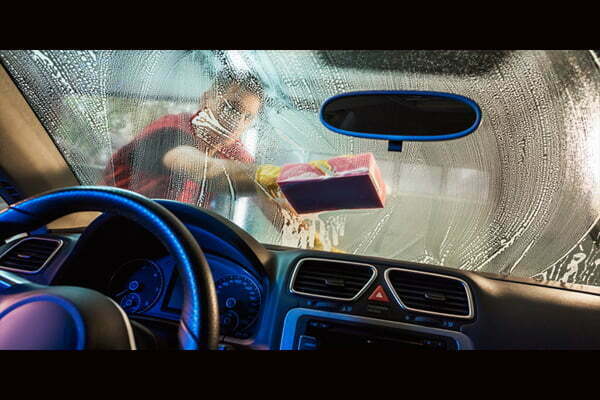
A windscreen – also referred to as windshield – is an essential part of the vehicle’s structure.
It is a component of vehicles that many of us take for granted.
A car windscreen does much more than act as protection from the wind and the rain. A clear and undamaged windscreen is vital for good vision while driving.
It is important that the windscreen of your vehicle be kept in good condition.
Below, we have highlighted some tips on how to take care of your vehicle windscreen in order to keep them in optimum condition.
Avoid cracks on your windscreen
A crack on a windscreen can impair a driver’s vision. This can make it hard for the driver to see approaching vehicles or other objects ahead of him/her. In addition, a crack, minor scratches or tiny chips on the windscreen can cause an accident as they can cause a glare or dazzle from sunlight and other car headlights. This can, for a moment, prevent a driver from seeing approaching vehicles or objects.
Prevent cracks in your windscreen from spreading
Never ignore cracks or chips when you discover them on your vehicle windscreen. Some cracked windscreens are often the result of a chip that was left unrepaired and then grew into something more serious. Some cracks – when discovered early – can be prevented from spreading.

Repair cracks on your windscreen when they are small
It is quicker – and cheaper – to get small damage repaired than a fully cracked windscreen, which will usually need to be completely replaced.
It is better to repair the chip or crack as soon as they are discovered. Even if the damage is not in your line of vision, don’t put off the repairs – a crack left unattended can quickly spread across the windscreen.
Regularly check your windscreen for signs of damage
Always inspect your windscreen for any signs of crack or chip. If any is discovered, try to fix it immediately so that they do not become larger.
Be careful when driving on poor road surfaces
Drive carefully on roads with poor surfaces and roads under repair. Vehicle in front of you can kick up a rock and it can hit and damage your windscreen.
Drive at a sensible distance from vehicles carrying rocks
Maintain a reasonable distance from trucks or other vehicles ahead of you that are carrying rocks or any hard items. The rocks or hard items can fall off them and crack your windscreen.
Use adhesives to repair tiny cracks on your windscreen
If you discover a chip or tiny crack on your windscreen, you could repair it by injecting an epoxy or acrylic adhesive into it. This will seal the crack or chip and prevent dust or moisture from getting into it. Sadly, larger cracks are hard to fix. In this case, more detailed repair work would need to be carried out.
Avoid pouring high or low-temperature fluid on your windscreen
In extremely cold temperatures, when windscreens are frozen, avoid pouring hot or boiling water on to the glass. Sudden changes in temperature can crack the glass.
Replace windscreen wipers regularly
Replace windscreen wipers regularly. This will ensure that they are operating effectively and properly and removing dirt. Replace your wipers at least once a year.
Do not press on a broken windscreen from the interior of the vehicle
Avoid pressing on a broken windscreen from the interior of the car.
Due to the concave nature of the windscreen, a crack on the windscreen can seriously weaken the structural integrity of the windshield and the glass is likely to continue cracking if pressure is placed on it from the inside.
Replace extremely cracked windscreen
A windscreen with large cracks or those that continue to spread will need to be replaced completely.
Park your car in a garage or carport
Parking your car in a garage or a carport will help to prevent your windscreen from damage from falling objects or hails. This method is important for those who live in and park their vehicles by storey buildings or other high-rise buildings.
Look for protection during extreme weather or storms
While driving during severe or hostile weather conditions, like storms, carefully pull into a petrol station or under an overpass for protection until the worst has passed. This is a safe thing to do, as visibility might decrease and friction between the road and your car tyres may be reduced.

